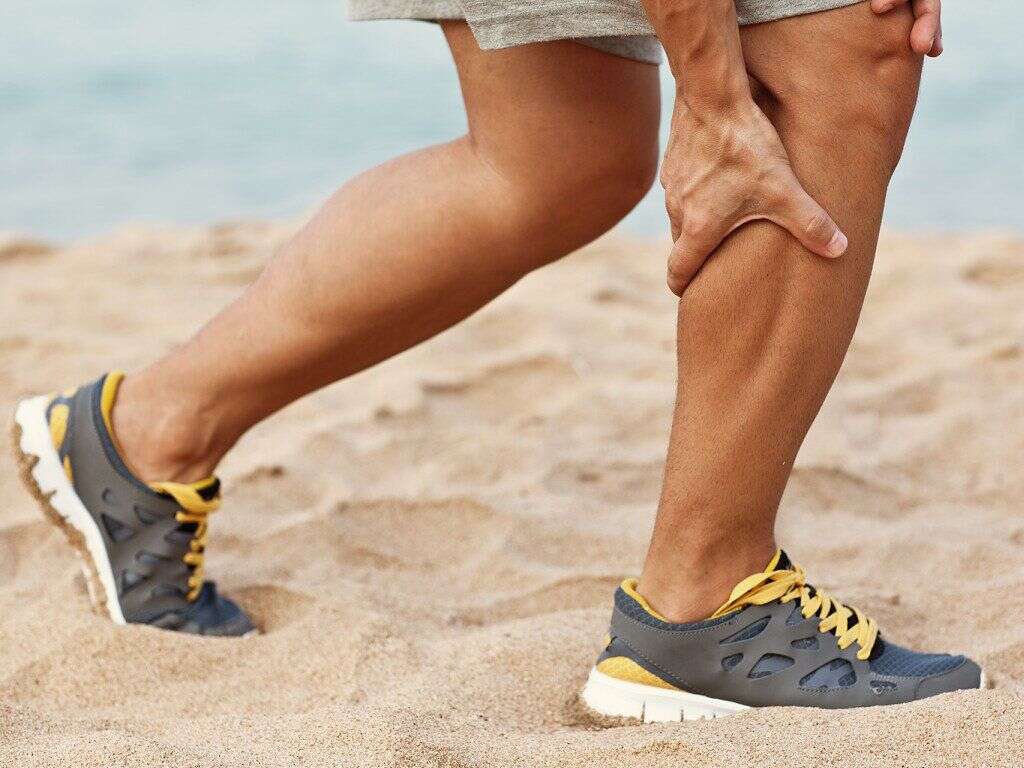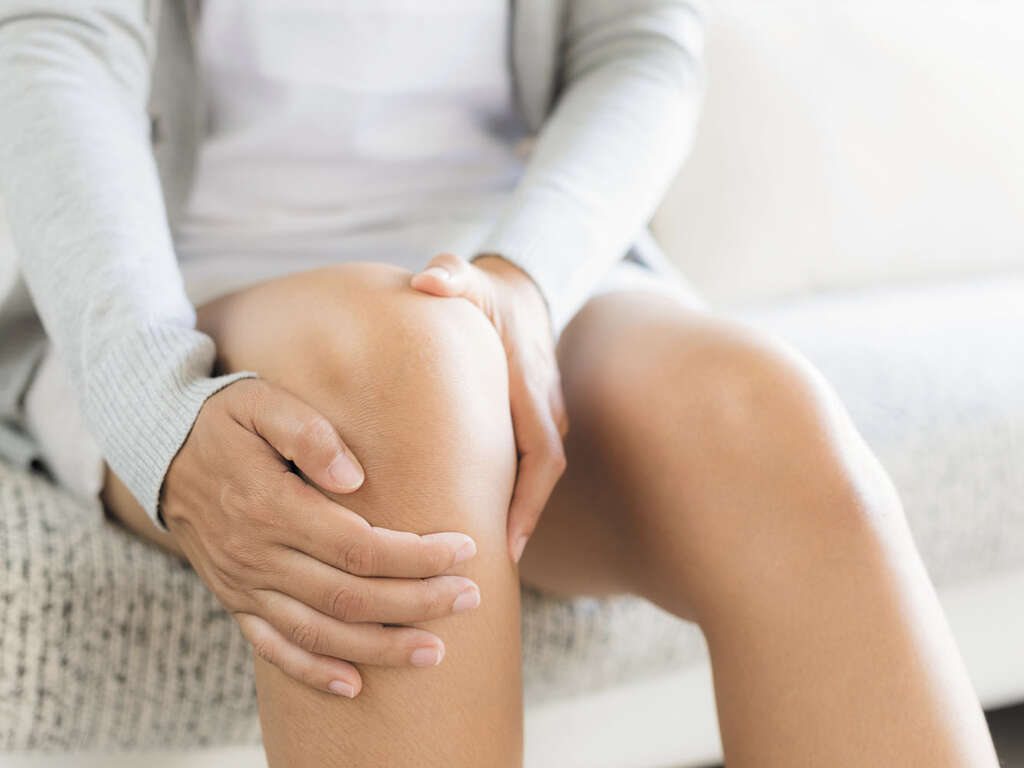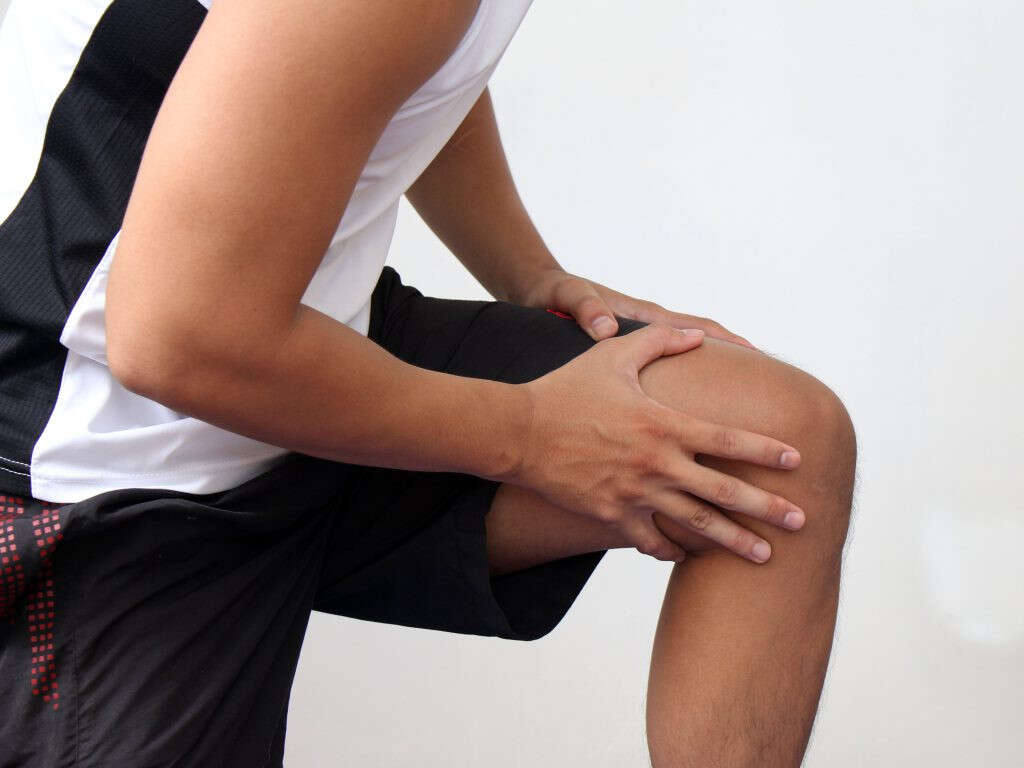What Is IT Band Syndrome?
As we get older, our bodies gradually begin working less well. They will also experience wear and tear as they are used and this can lead to a number of problems. This includes problems with joints and tissues that help to keep our bodies together.
One of these problems is iliotibial band syndrome. It is a condition that can cause pain for the patient while also potentially limiting their mobility. It can usually be treated to at least help make things more comfortable for the patient. Here’s a closer look at what IT band syndrome is and what you can do to overcome it.
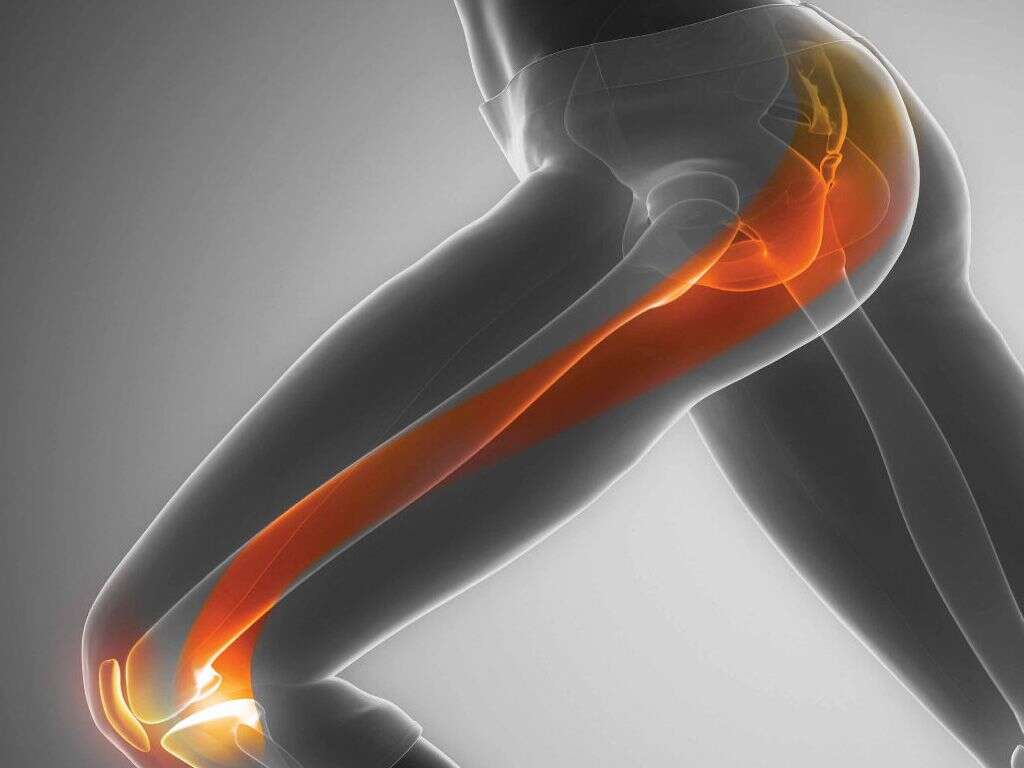
1. Connective Tissues
Our bodies are made up of a multitude of different parts that are connected to each other. These parts include organs that help with internal bodily functions, bone that helps to support our bodies, and muscle that provides strength and mobility. Being made up of different parts, it is necessary for everything to be held together firmly.
This is achieved thanks to a selection of tissues, called connective tissues, which includes ligaments, tendons, and fascia. These help to hold the body together, while also allowing for flexibility and other functions. These tissues are so effective at their job that we don’t usually notice that they are there.

2. Fascia
As mentioned, one type of connective tissue in our body is fascia. This is a material made mostly of collagen and is often found as a sheet that wraps around muscle groups. This helps to hold the muscles in and also acts as a barrier between different muscle groups that are next to each other.
You will often notice fascia as a thin sheet covering meat when preparing food. Fascia surrounds and compartmentalizes structures, tendons connect muscles to bones, and ligaments are thickening of fascia which connect one bone to another bone to provide joint support.
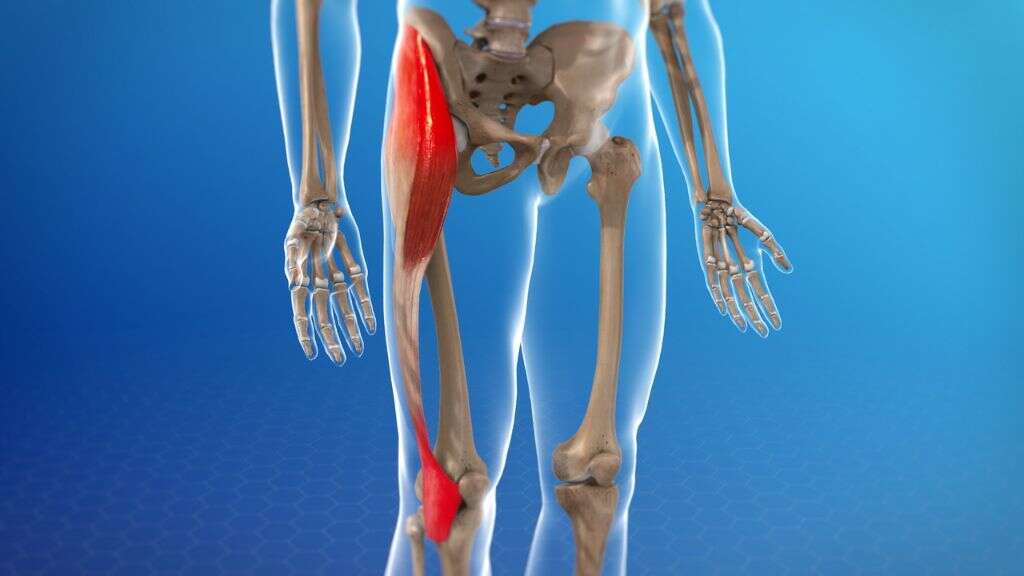
3. The Iliotibial Band
The iliac crest is the top part of the pelvis that is usually quite prominent in people, and this is where the IT band begins. This thick band is made of fascia and it runs down the outside of the thigh. It travels over the knee and ends at the top of the shinbone (tibia).
The purpose of this band is to help give stability to the outside of the knee while still allowing the flexibility needed for walking and other movements. It helps to keep the muscles in place, while also helping to keep the joint of the knee in place.
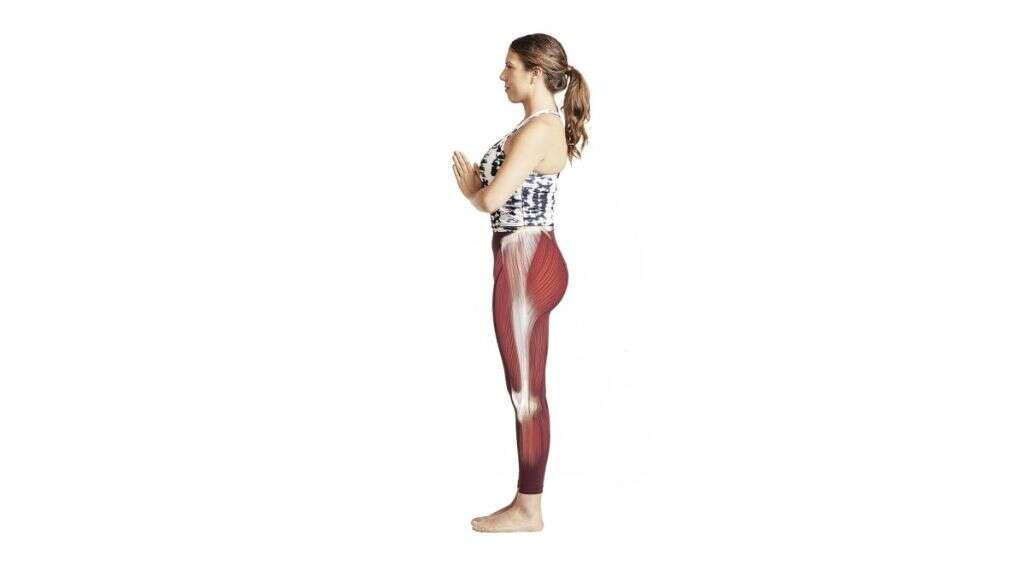
4. Iliotibial Band Syndrome
The IT band is made of some tough stuff. It needs to be because it is often exposed to quite a lot of force on a daily basis. As such, they are able to withstand quite a lot, but that does not mean to say that they are not completely safe from developing problems. Iliotibial band syndrome occurs when the iliotibial band becomes injured through being overused.
This is most likely to occur in people that are active or have recently increased their activity, but it can occur in just about anybody. If you are experiencing the symptoms of iliotibial band syndrome then you should arrange to get it checked out.

5. Prevention
While it is not usually possible to completely prevent conditions like IT band syndrome from occurring, we can still take steps to help reduce the likeliness of it occurring. Maintaining the strength and stability of the hips will carry over into stability of the knee.
This hip-knee stability will help to provide good mechanics thus avoiding irritating movements between tissues. Maintaining the ability of tissues to slide and glide smoothly over each other will also help to avoid irritation. This means performing certain exercises, eating good food, drinking water, and participating in activities that encourages many different kinds of movements.

6. Inflammation
Inflammation of tissues is among the most common cause behind ailments of the body. Inflammation means that tissues have become irritated and this will mean swelling and soreness. It can affect all parts of the body, including connective tissues.
When connective tissues become inflamed then the area can become painful and also limit movement. In instances of IT band syndrome, inflammation is caused by the continued travelling of the band over bones and other structures in the region. This occurs when the band moves due to the leg bending at the knee joint.

7. Pain
One of the main symptoms of IT band syndrome is pain, and it can become very uncomfortable for the patient. The pain mostly occurs when the foot lands on the ground when running, so it is a condition that is more likely to affect sports people.
The pain caused by iliotibial band syndrome is likely to mean that running is out of the question for a lot of people. Some people might find that specially made running shoes may be able to help ease the symptom. There are also other solutions that might at least be able to help reduce the pain for the patient. IT band syndrome is usually caused by multiple factors and it is best to seek out a physical therapist who can identify exactly what may be causing the pain and how to address it.

8. Rest
One of the most common and perhaps most obvious solutions to IT band syndrome is to rest the affected leg. This will help prevent movement of the band and give it an opportunity to recover, hopefully reducing inflammation in the meantime.
This can mean that runners will have to take breaks, which is not ideal for many people that want to push themselves as much as they can. Unfortunately, many people will find that the symptoms return quickly once they start being active again, meaning rest alone is not a suitable longterm remedy and they likely need to identify underlying causes.

9. Anti-Inflammatories Medication
As mentioned, the main reason for the symptoms the come with IT band syndrome is inflammation. This means that if the inflammation can be treated then the condition itself is likely to be treated, or at least the severity of the symptoms might be reduced to more comfortable levels.
Speak with a medical professional about your condition and they should be able to prescribe something that will help to reduce any inflammation. In addition to medication, you might also want to consider looking for homemade inflammation remedies, while changing your diet might also help to reduce inflammation.

10. Therapy
If you have any physical condition then therapy is likely going to be a suitable treatment. Therapy will help to provide strength and flexibility to hopefully prevent further inflammation occurring. When it comes to therapy, you should always consult with a licensed physical therapist or someone who is trained in orthopedic rehabilitation.
In some rare cases, surgery might be necessary to help correct the problem, although this is usually only performed when all else has failed and the condition is particularly troublesome for the patient. Either way, you should arrange to speak with your doctor for advice if you have not done so already.




